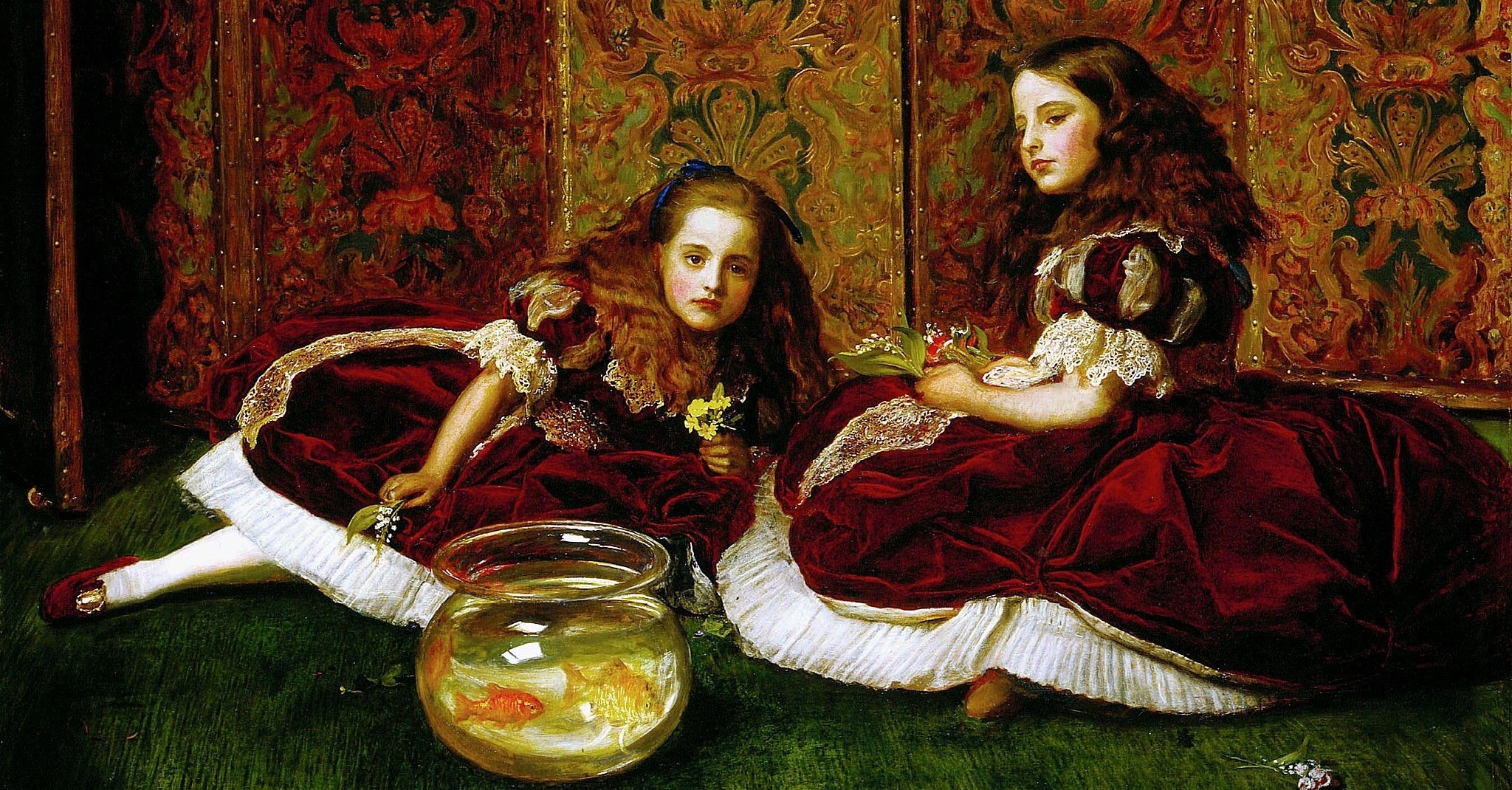
Famous artists and writers and their unusual pets
So many of us own some kind of pet and care deeply about animals. Ahead of World Animal Day on October 4, discover some of the most usual pets of famous artists and writers, from Dante Gabriel Rossetti’s wombat to George Gordon Byron’s bear.
1.Dante Gabriel Rossetti’s wombat
It’s hard for most of us to imagine having a wombat as a pet, but for the Pre-Raphaelite Brotherhood — a group of English painters, poets, and art critics founded in 1848 — it was a craze. These Australian marsupials, or pouched animals, were an obsession for one of the group’s main figures, the English poet and painter Dante Gabriel Rossetti, who first got one in 1869. Before having his own wombat, he would read books and encyclopedias about them and also often attended the London zoo with his colleagues to observe these funny, short-legged animals.
When Rossetti finally got a wombat, he absolutely spoiled it. Wombat Top, who was named after Mrs Rossetti’s lover, would chew guests' pants, sleep on the dinner table and once even ate a whole bunch of cigarettes that had been prepared for guests. Nevertheless, Top was loved by everyone. He didn’t live for long though, and after his death, Rossetti stuffed him and placed him in his entrance hall.
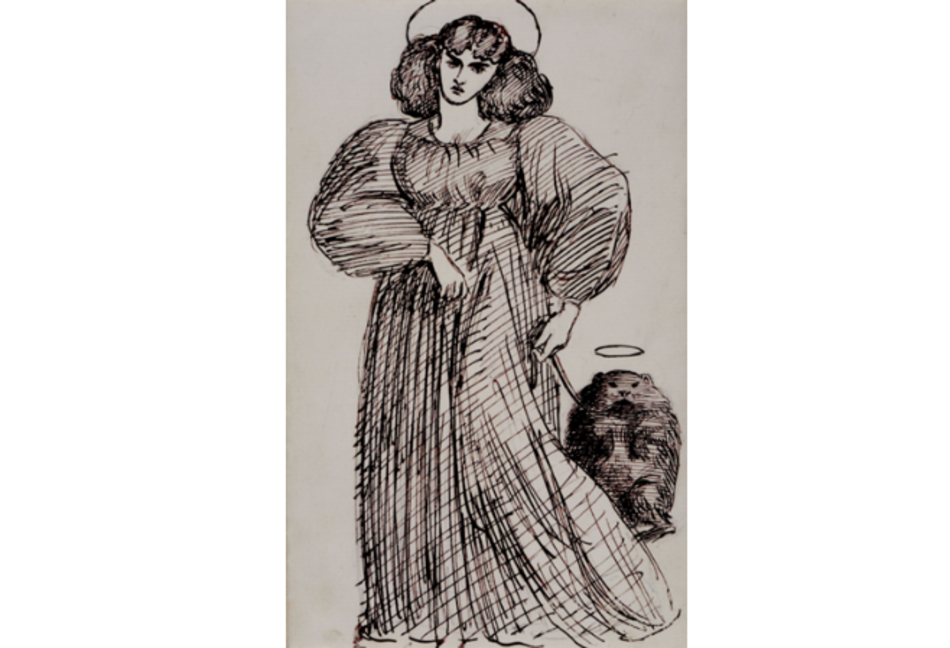
2.Charles Baudelaire’s bat
French poet Charles Baudelaire, who was also known for having a tarantula in a jar as a pet, once found an injured bat in a graveyard. He couldn’t bear to just leave it there on its own, so he decided to take the bat home and nurse it. He took care of it and fed it bread and milk. While he only planned to take care of the bat until it was healthy again, he soon became very attached to his little fellow, which he kept in a cage by his desk. There probably couldn’t have been a more suitable pet for the symbolist poet.
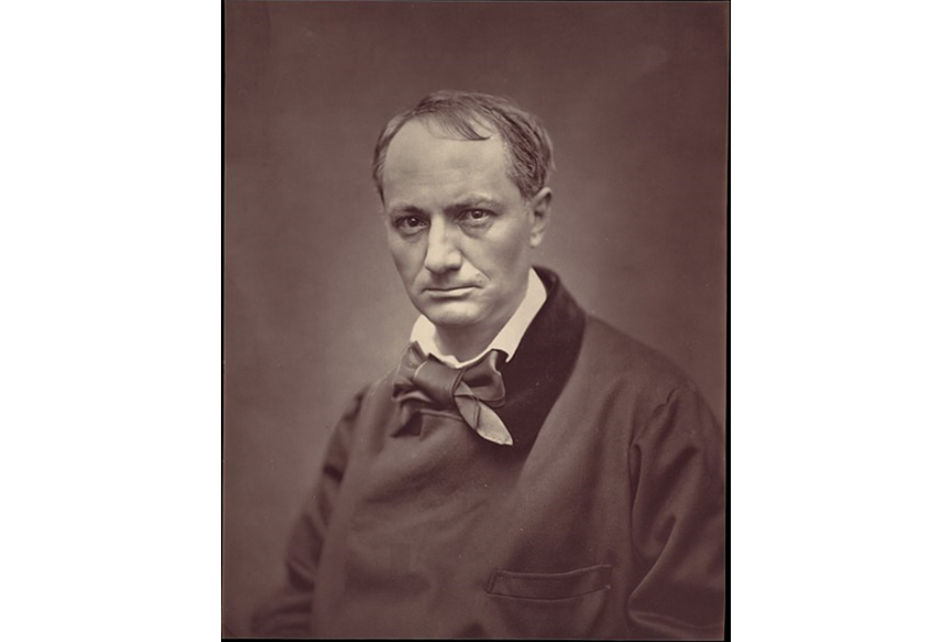
3.Salvador Dalí and the ocelots
An eccentric artist like Salvador Dalí would never opt to have an ordinary cat. So of course, he went for an ocelot. He bought ocelot Babou from a beggar in New York, before leaving it at his secretary John Peter Moore’s office. Moore must have been slightly surprised, but was probably used to his colleague’s flamboyant manner.
This act of mischief had its benefits: Moore soon became friends with Babou and within some time even got two other ocelots. While Moore kept the ocelots, Dalí would often borrow them and spent quite a lot of time with them.
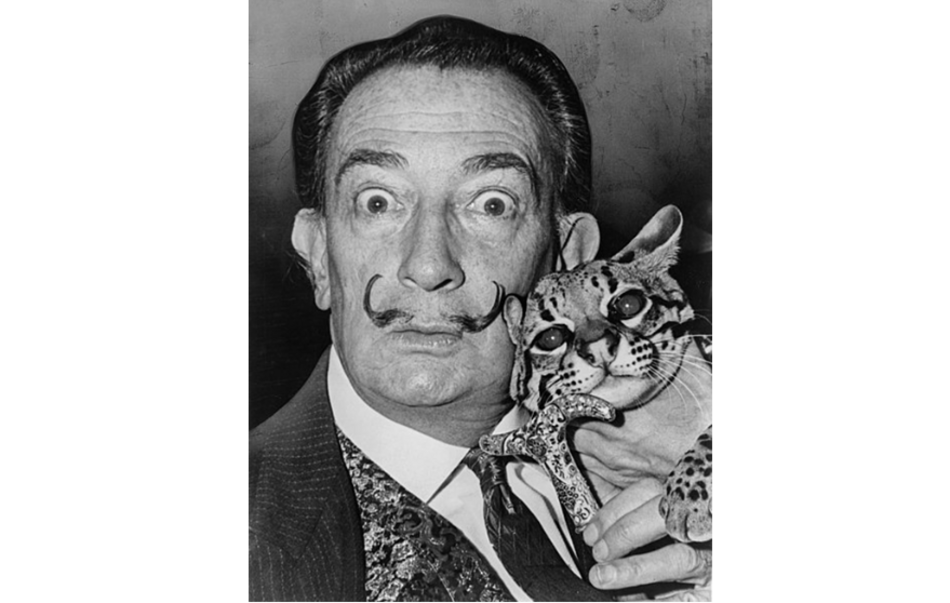
4.Pablo Picasso’s goat
Almost everyone has heard about Picasso’s dachshund, Lump. But Lump was not the only animal in the artist’s house — he actually also kept a dog boxer, called Yan and a goat named Esmeralda. This goat was given to him as a Christmas present by his second wife, Jacqueline Roque. Esmeralda lived with his family in the house and Picasso even made some sculptures depicting her.
5.Ernest Hemingway’s six-toed cats
American writer Ernest Hemingway was a cat lover. When he was young and living in Paris, he used to say that he was too poor to even have a cat. But he was always trying to protect these animals and help them as much as possible.
Hemingway once had fifty cats living at his home at once, most of which were six-toed. Everything started with the one cat that was gifted to Hemingway by Captain Stanely Dexter, who had a six-toed cat the writer admired. His first six-toed cat was named Snow White and after that, all the cats in this house were named after famous people. He really loved all his cats and also immortalized his favourite black and white tom named Boise in his novel ‘Islands in the Stream.’
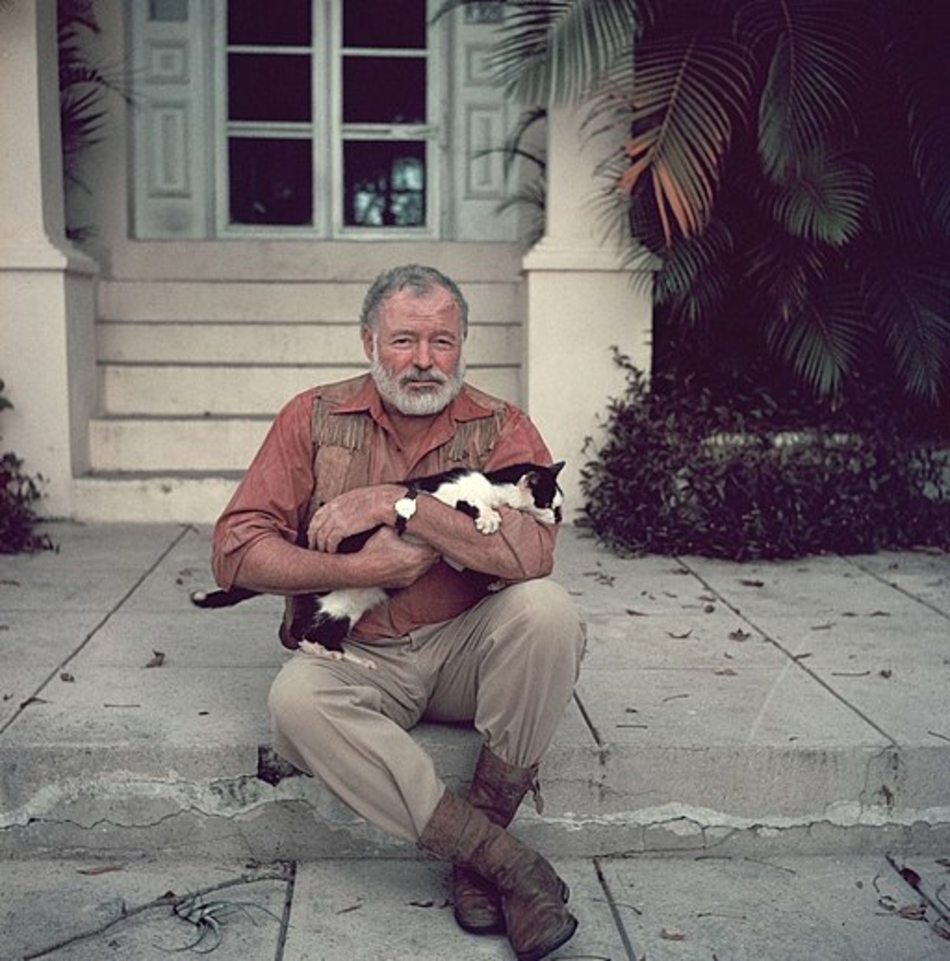
6.Frida Kahlo’s deer
Mexican artist Frida Kahlo had many animals at home. Because she couldn’t have children following a car crash when she was 18, she suffered throughout her whole life. That is probably why she gave all her love to her little pets — monkeys, birds, dogs and a Mexican deer called Granizo, which probably inspired her famous painting, ‘The Wounded Deer.’
7.Charles Dickens’ ravens
English writer Charles Dickens used to keep birds at home, but he especially loved mystic ravens. His first raven, named Grip, was talkative and knew many words. He was one of the main characters of Dickens’s fifth romance ‘Barnaby Rudge.’ Unfortunately, Grip died some weeks after the publication of the book, after drinking some paint. This bird actually had a strange love of paint and a habit to tear pieces off painted surfaces. Following Grip's death, Dickens bought another raven and also called it Grip. After some time, the third Grip also joined the company. But the first one had never really left: Dickens ordered a scarecrow of the first Grip and kept it with him in his office.
Grip was not only Dickens’ muse. It was also the muse of Edgar Allan Poe, whose poem ‘The Rave’ was also inspired by Grip, which Dickens told Poe about in letters. Although the two writers’ friendship didn’t last that long, they were forever bonded by this bird.
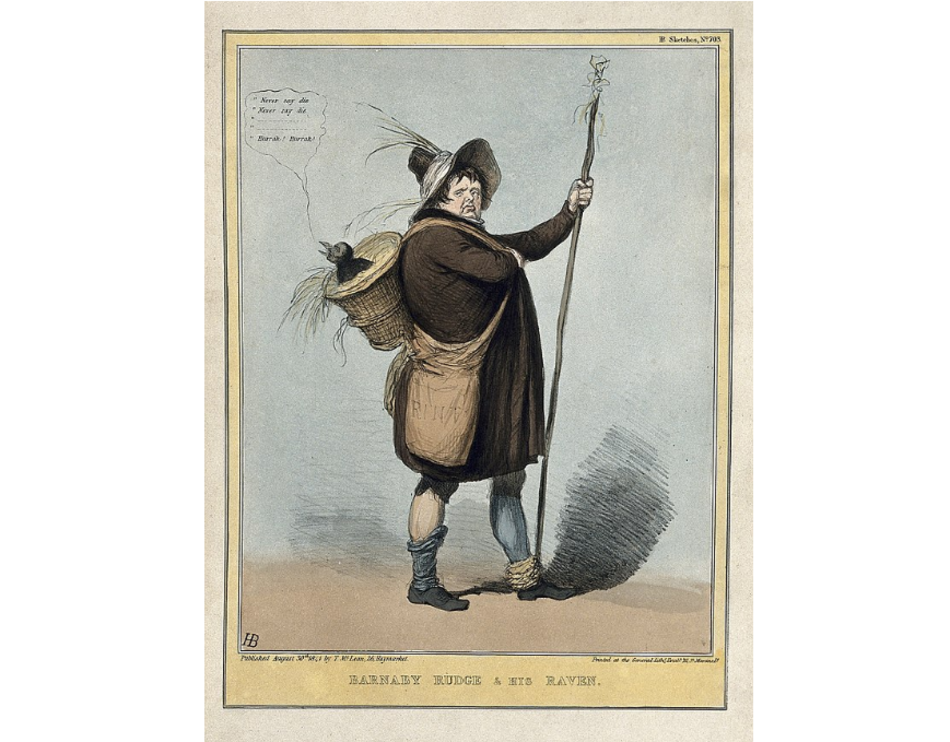
8.George Gordon Byron and his bear
The Romantic English writer Lord Byron had a somewhat exotic pet: a bear. Byron really loved animals, but Cambridge University, where he was studying at the time, didn’t allow dogs. The poet attempted to make use of his eloquence for them to make an exception, but rules are rules, and his favorite pet dog was forced to stay at home.
But Byron was so determined, he bought a bear and dragged it to Cambridge. After much screaming, and after everyone had calmed down, Byron and his new pet were caught and he was lectured about no animals being allowed, to which he simply replied that he was aware of the rule of not allowing dogs, but that nothing had been mentioned regarding bears. The university ended up agreeing with Byron, who managed to keep his unusual pet until graduating.
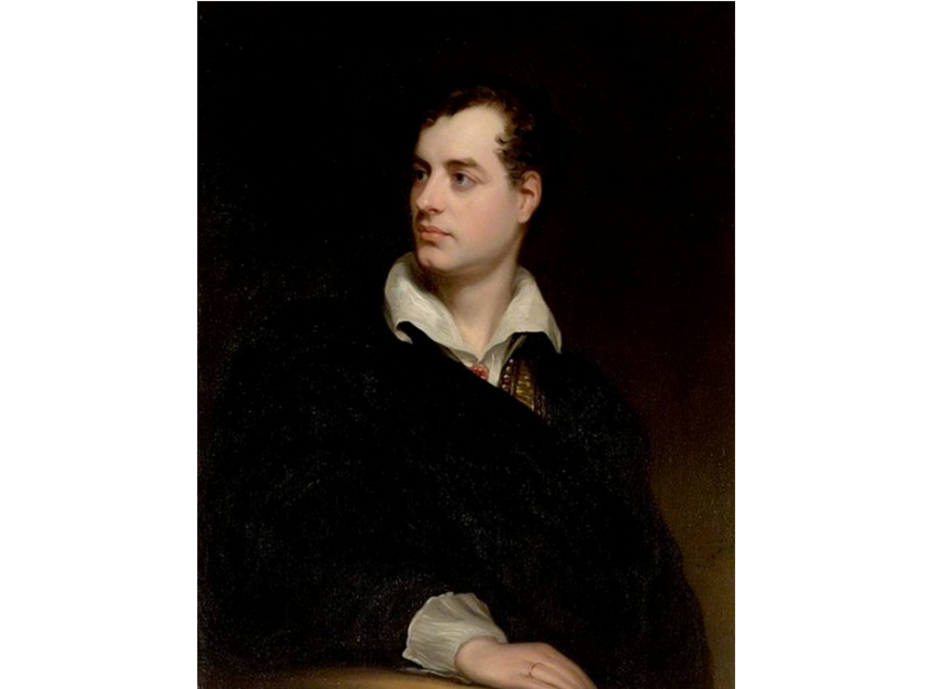
Credits for the Main photo: John everett millais leisure hours - Founders Society Purchase, Robert H. Tannahill Foundation Fund, © Wikimedia Commons
